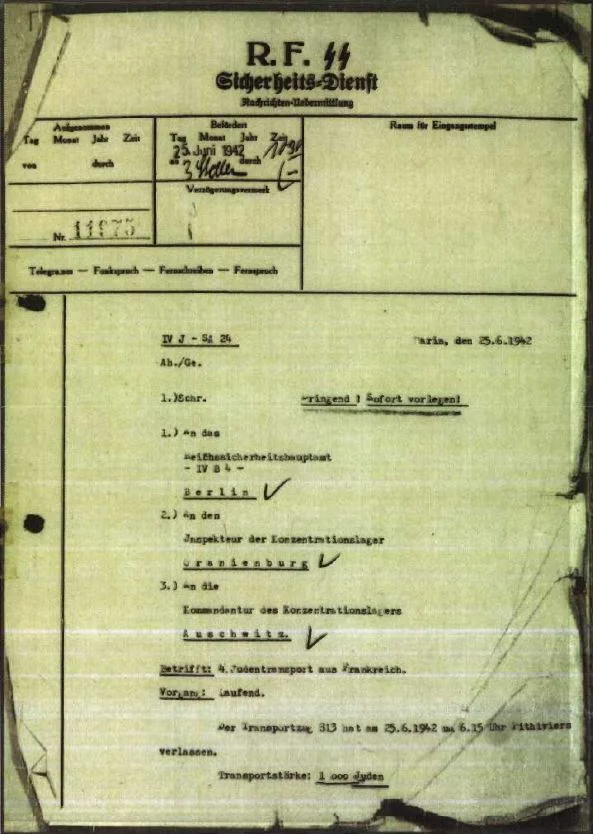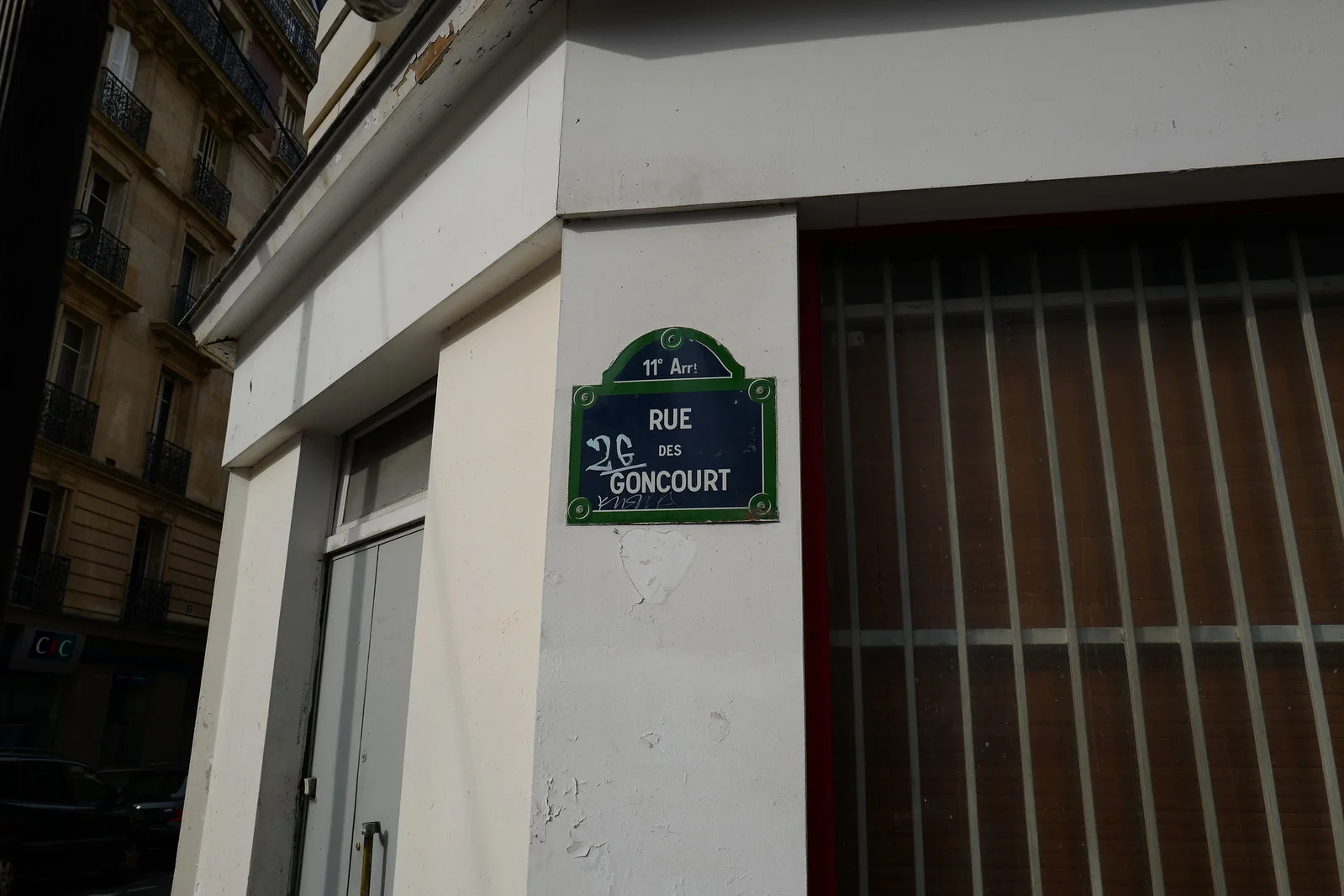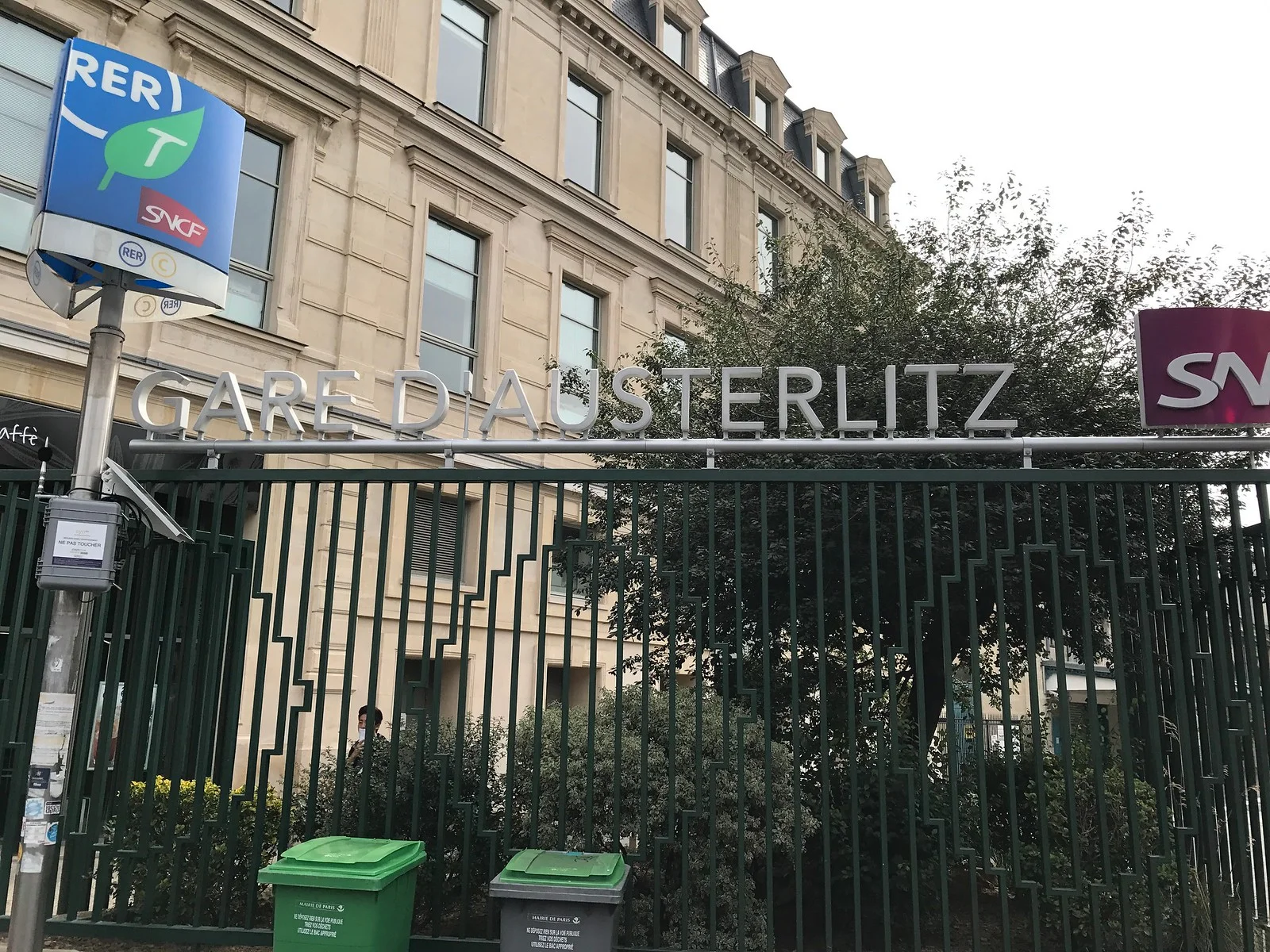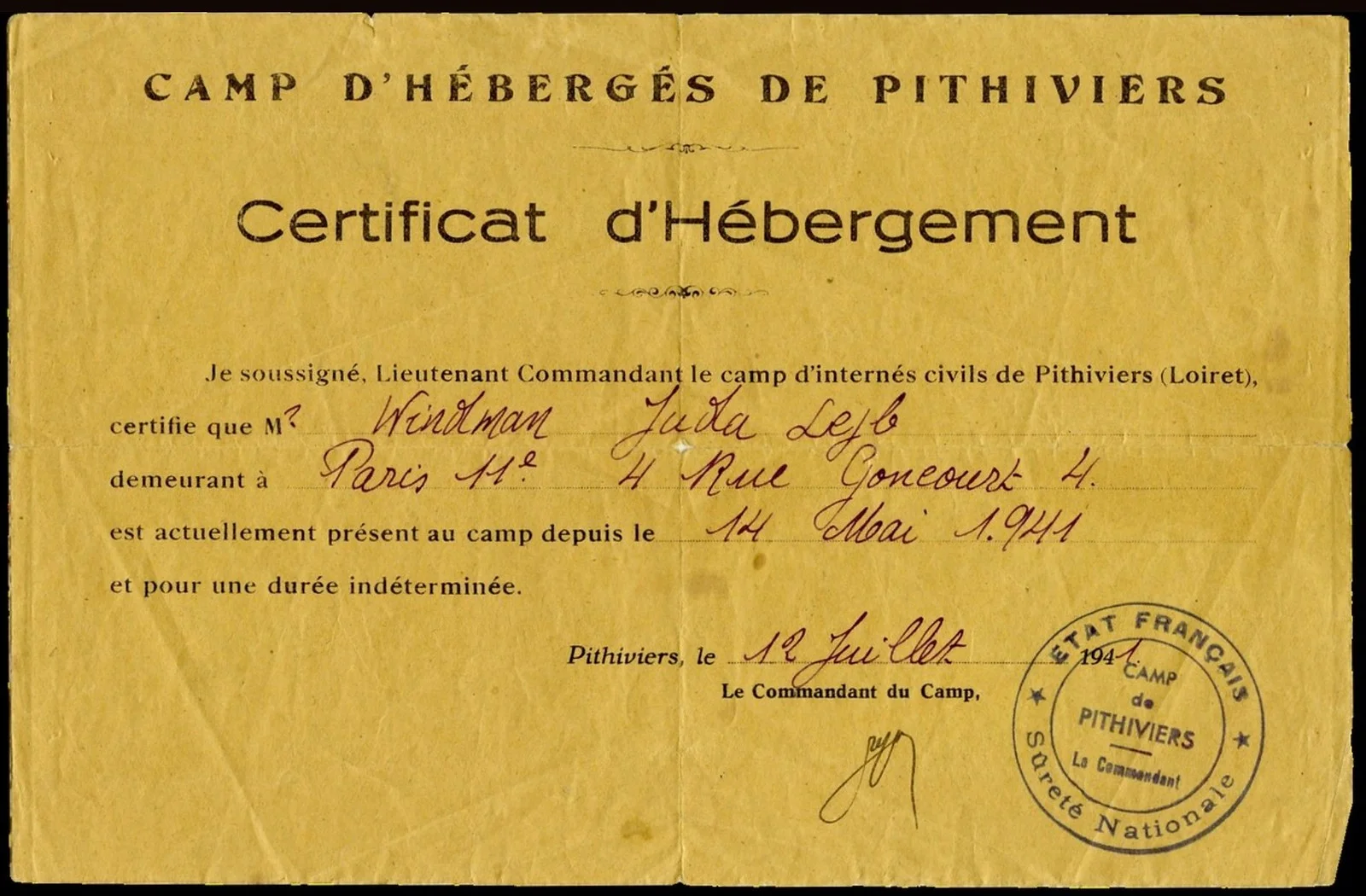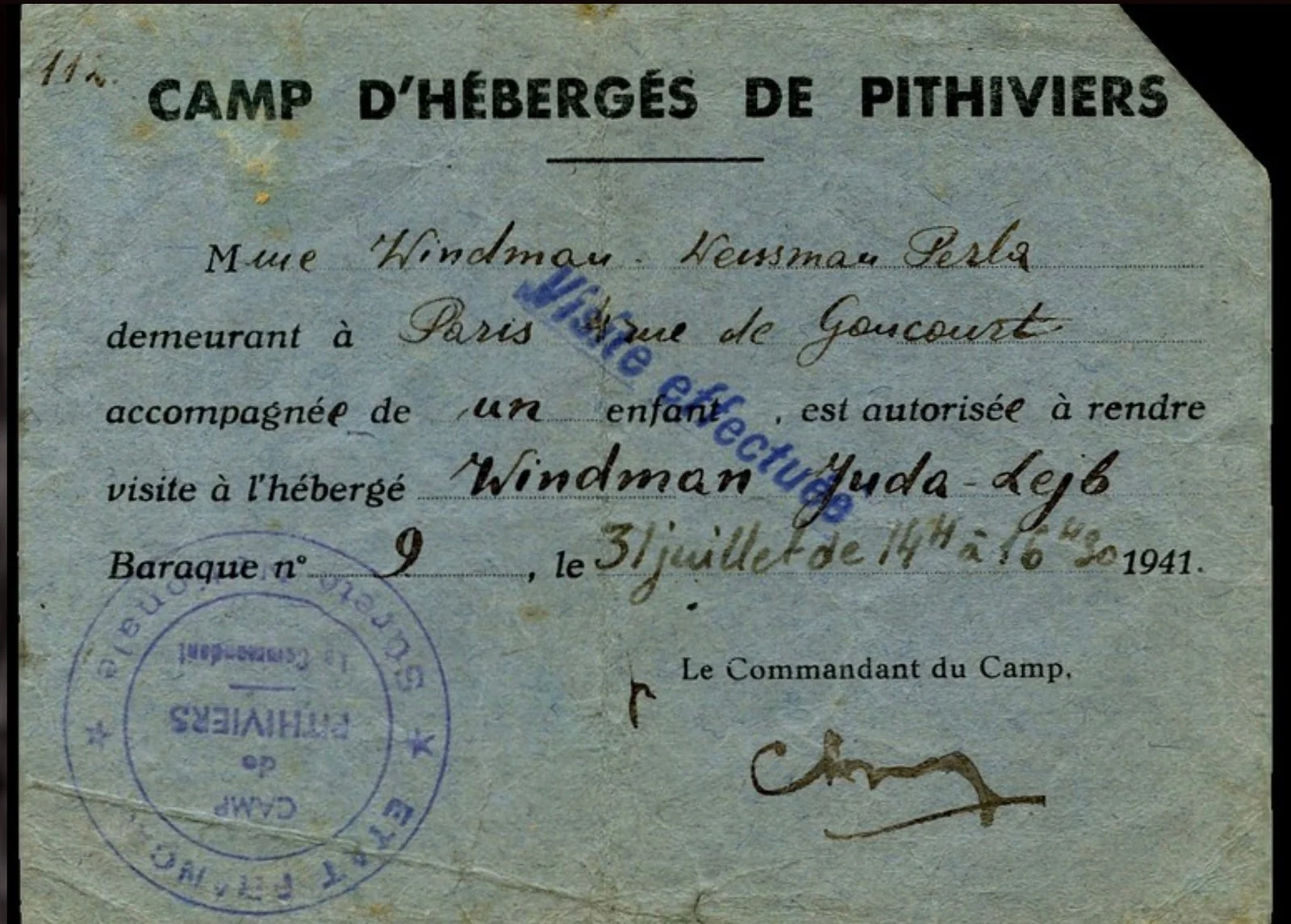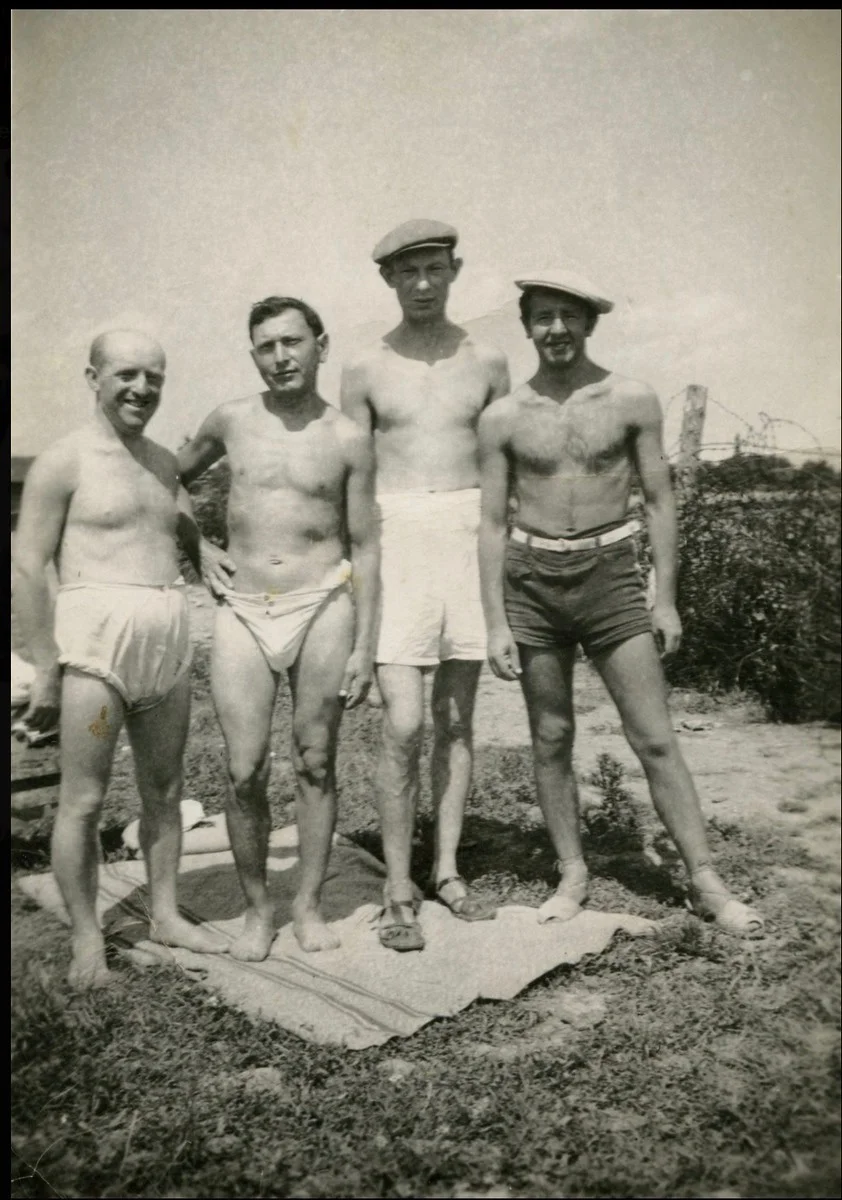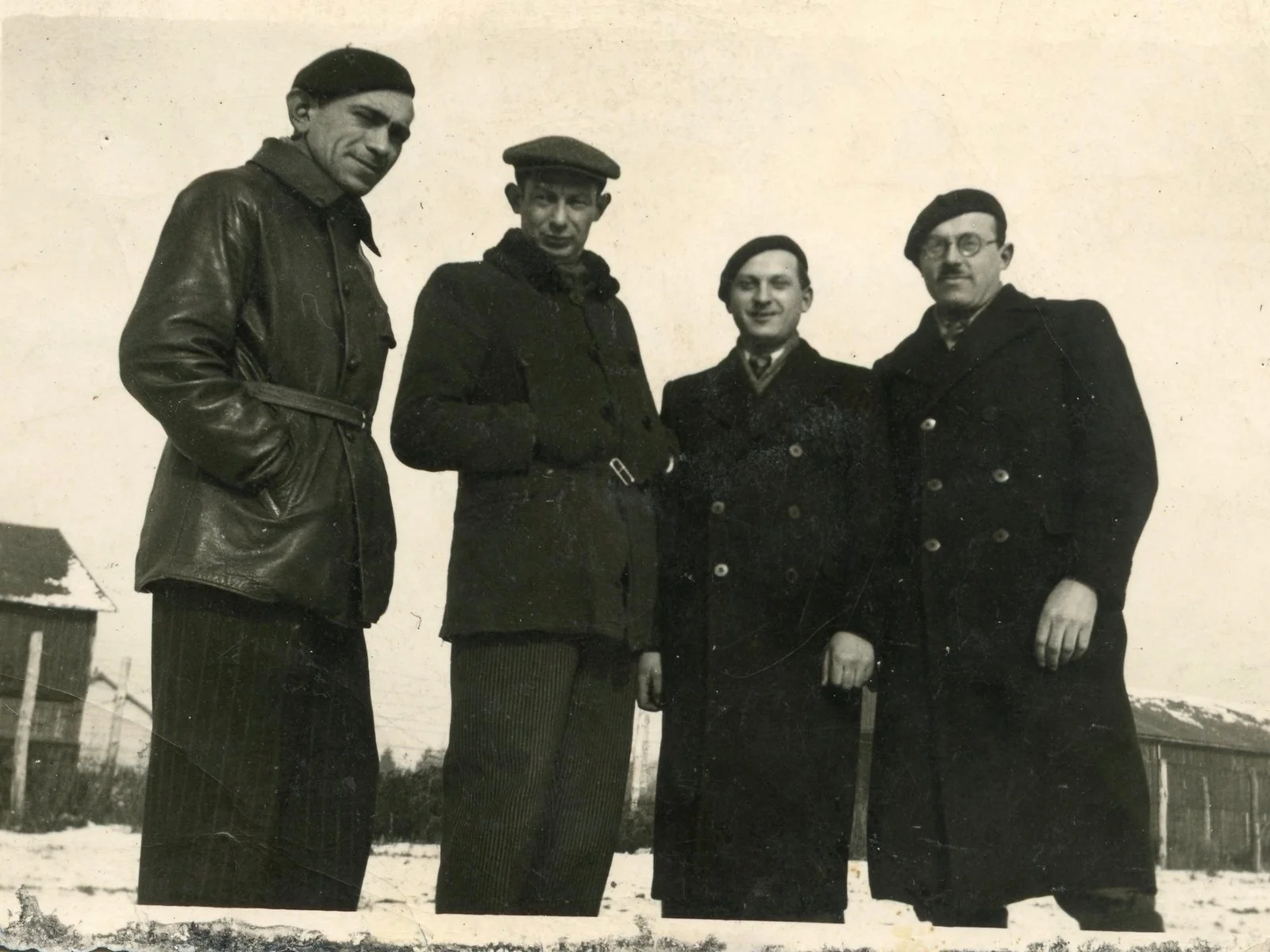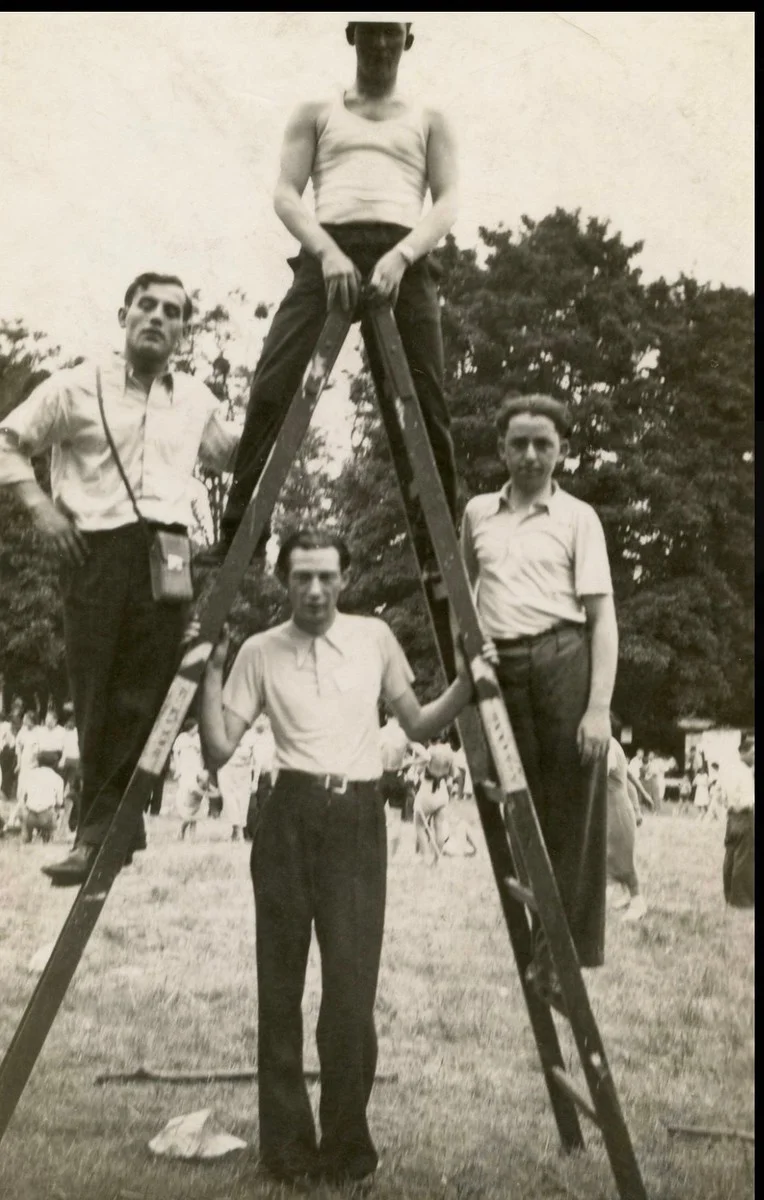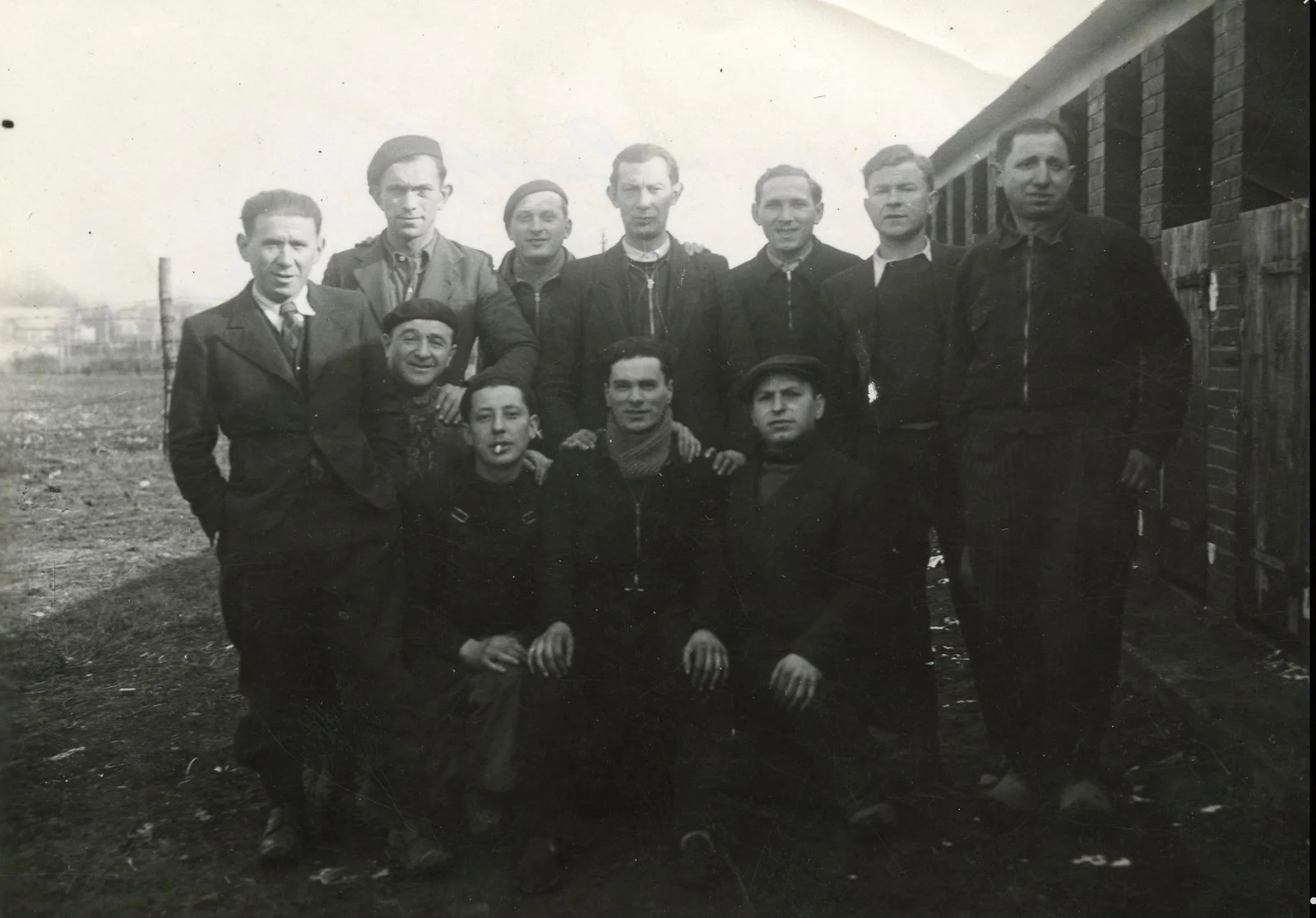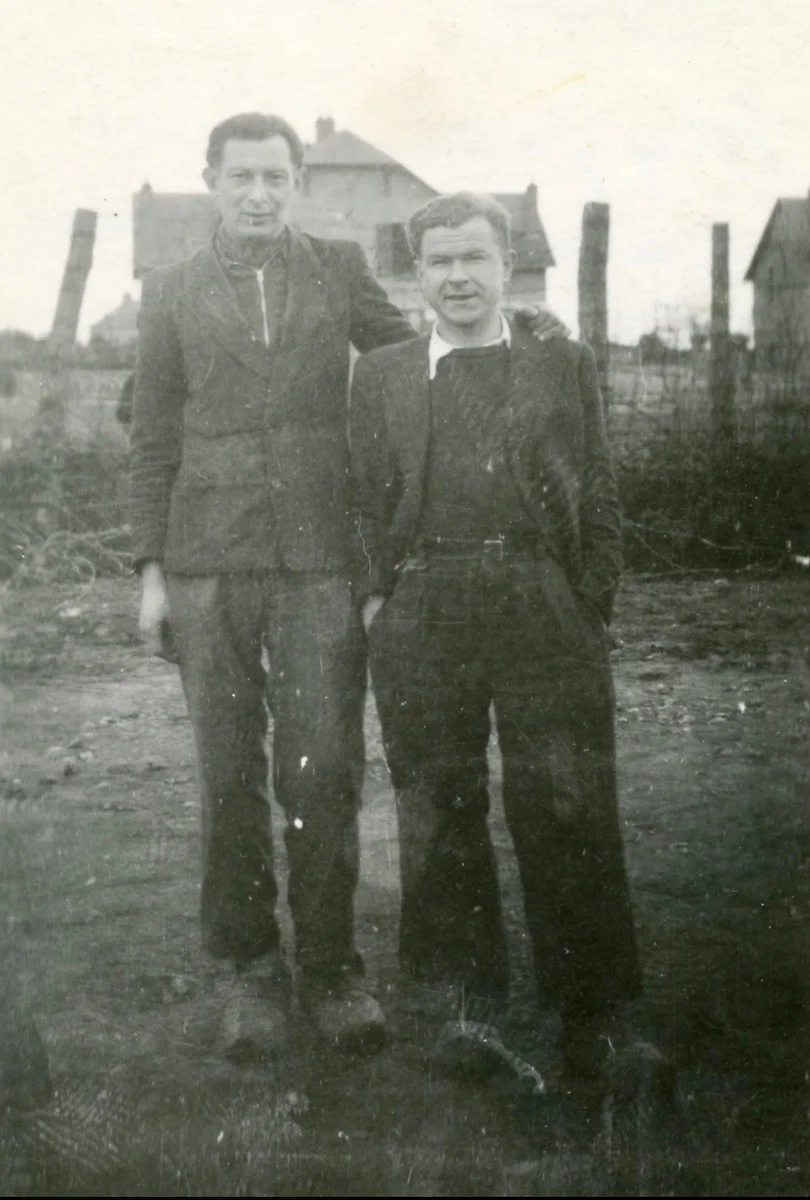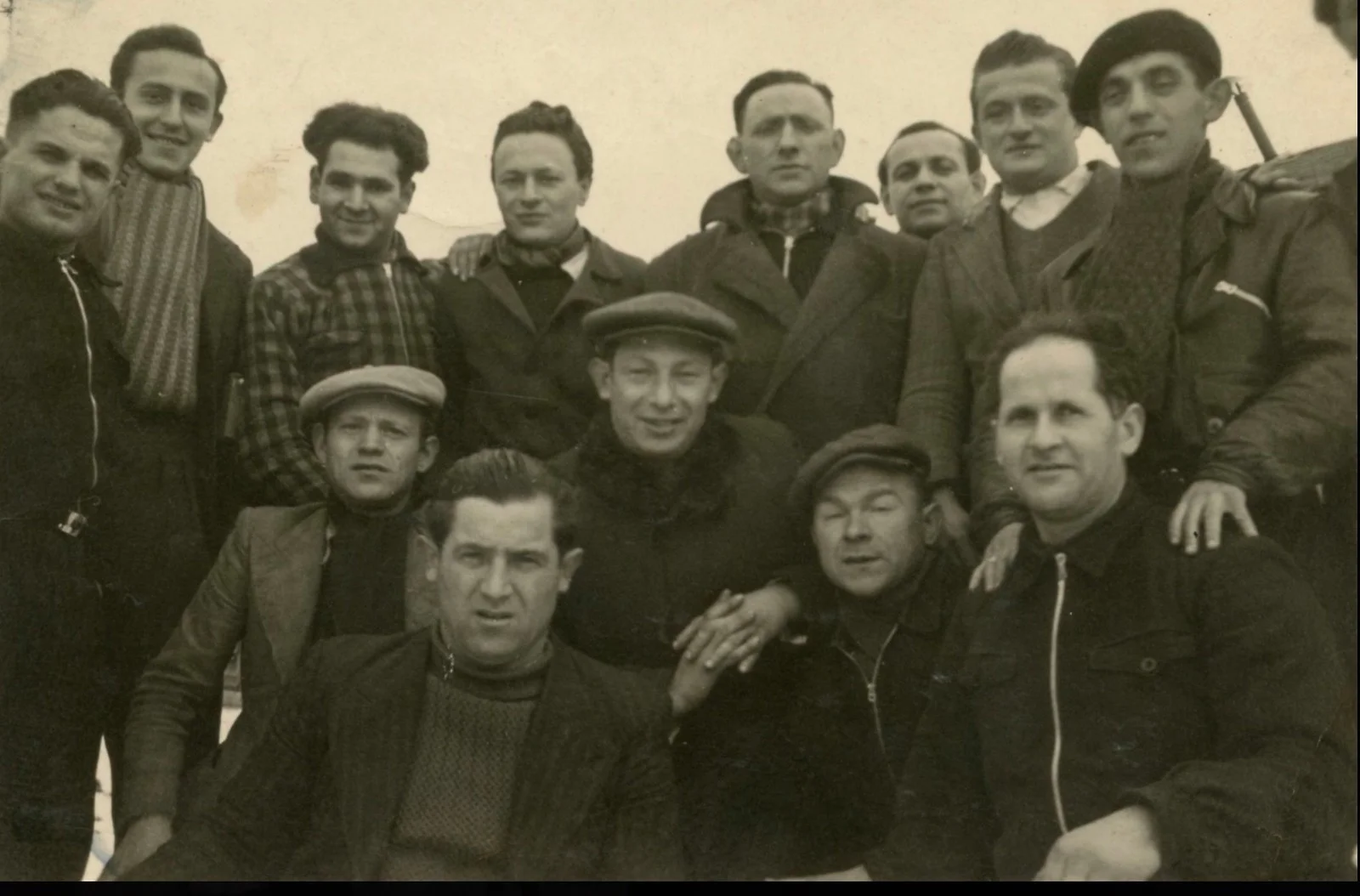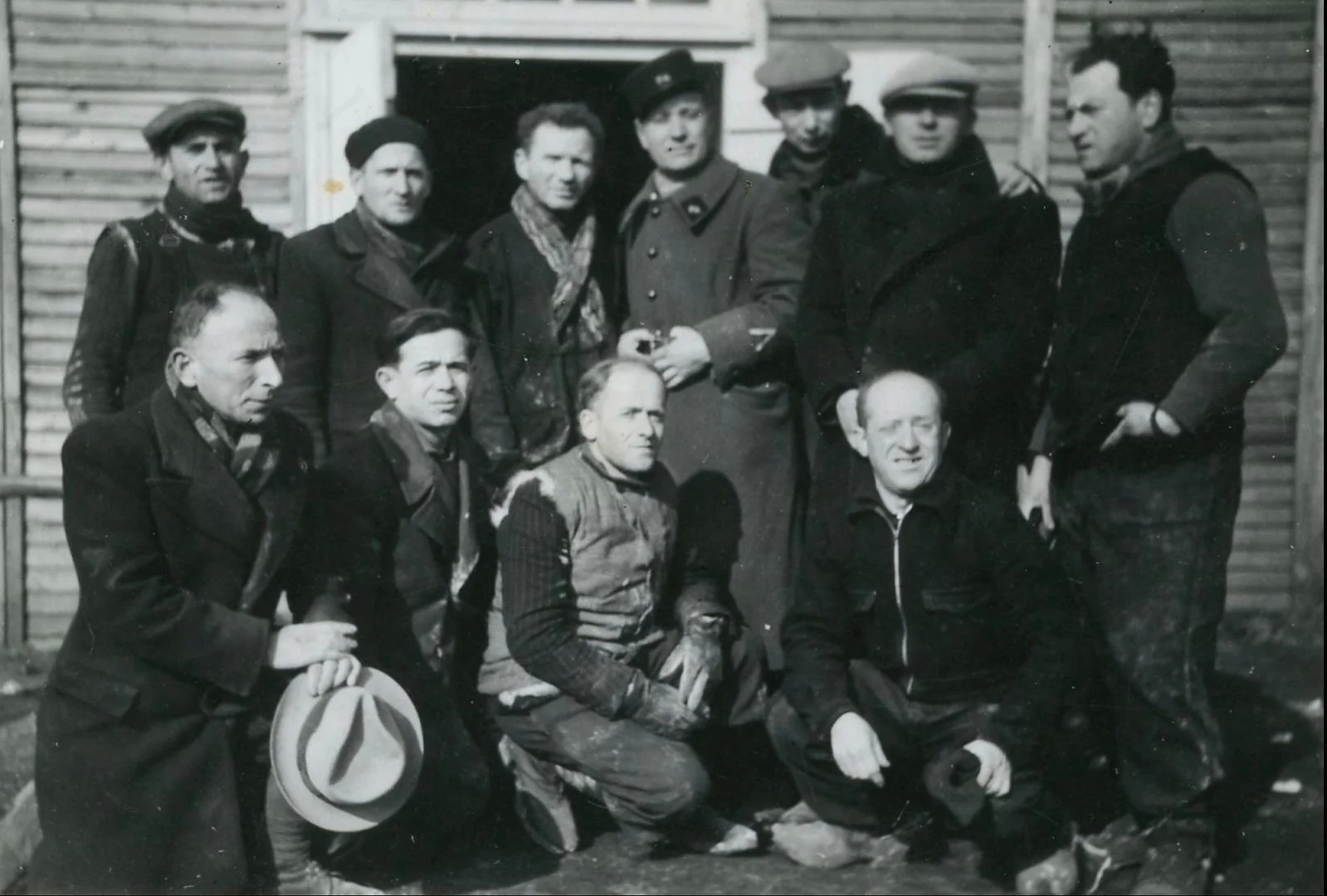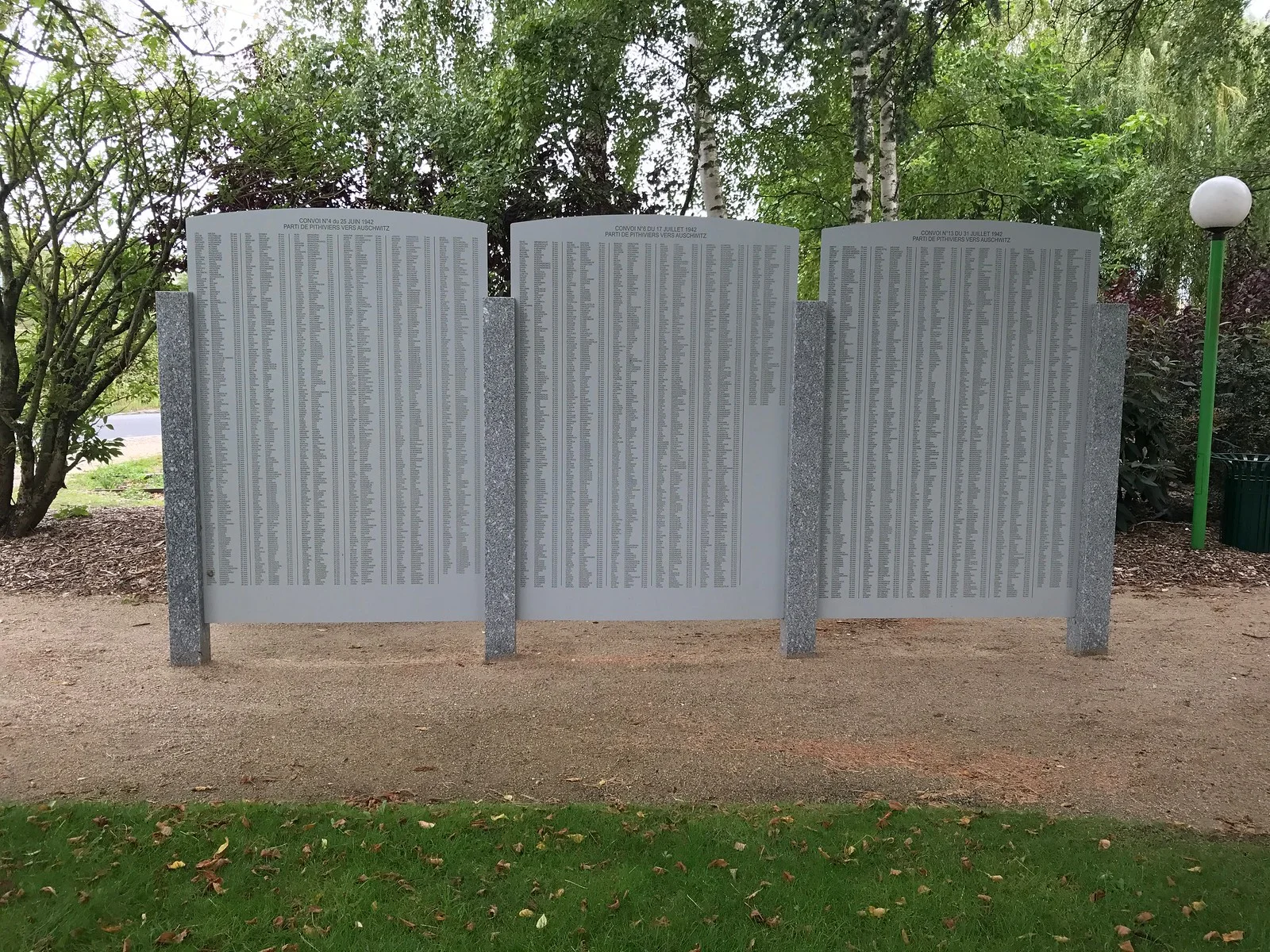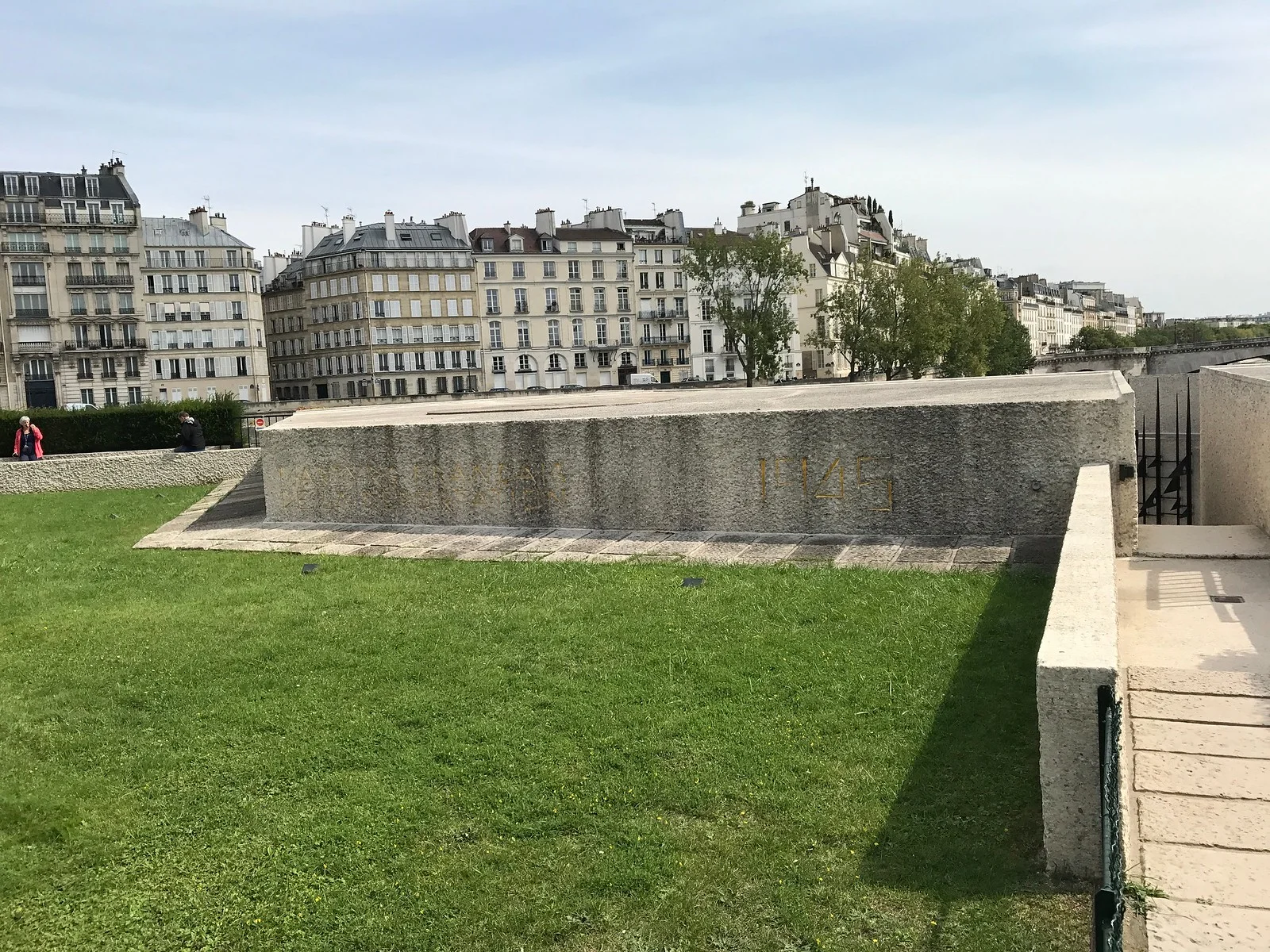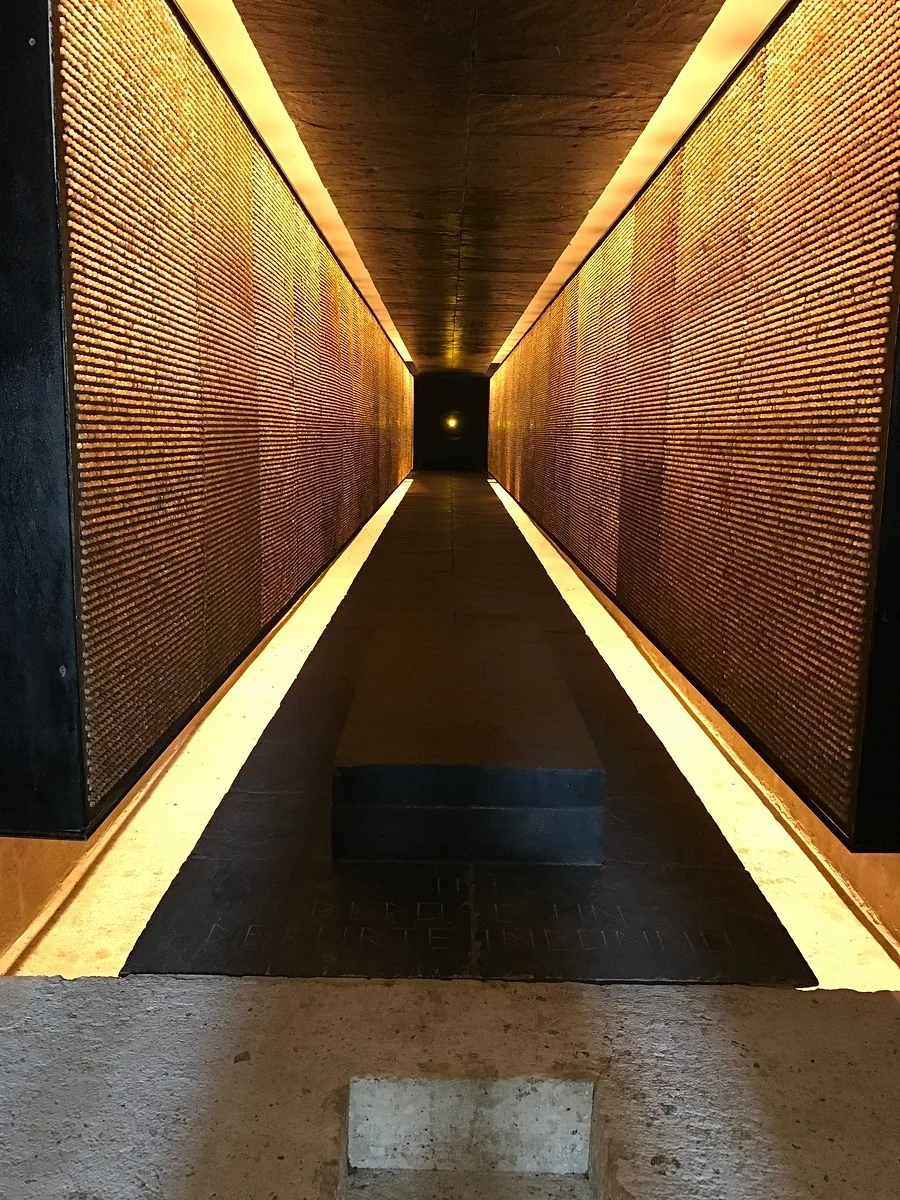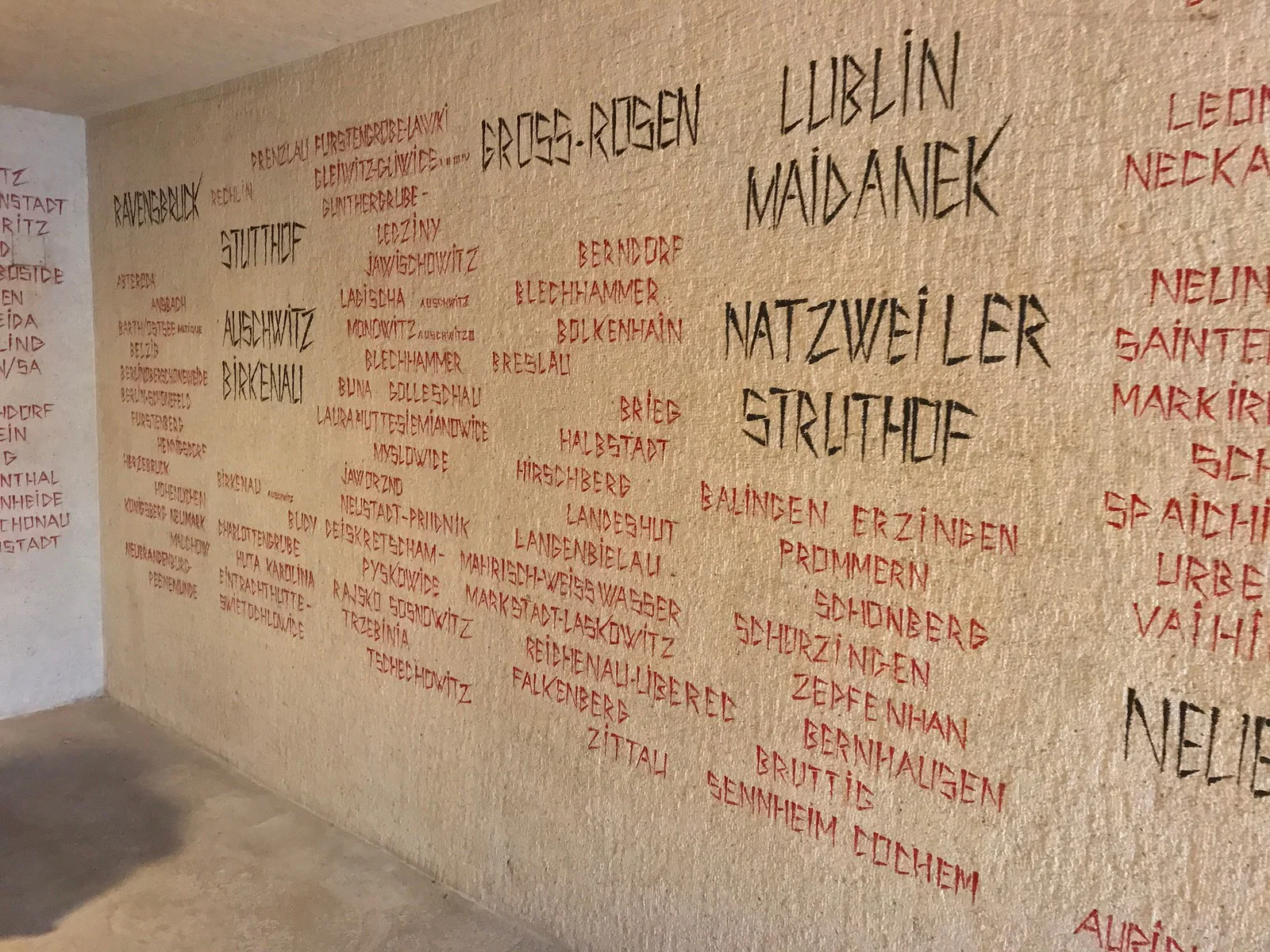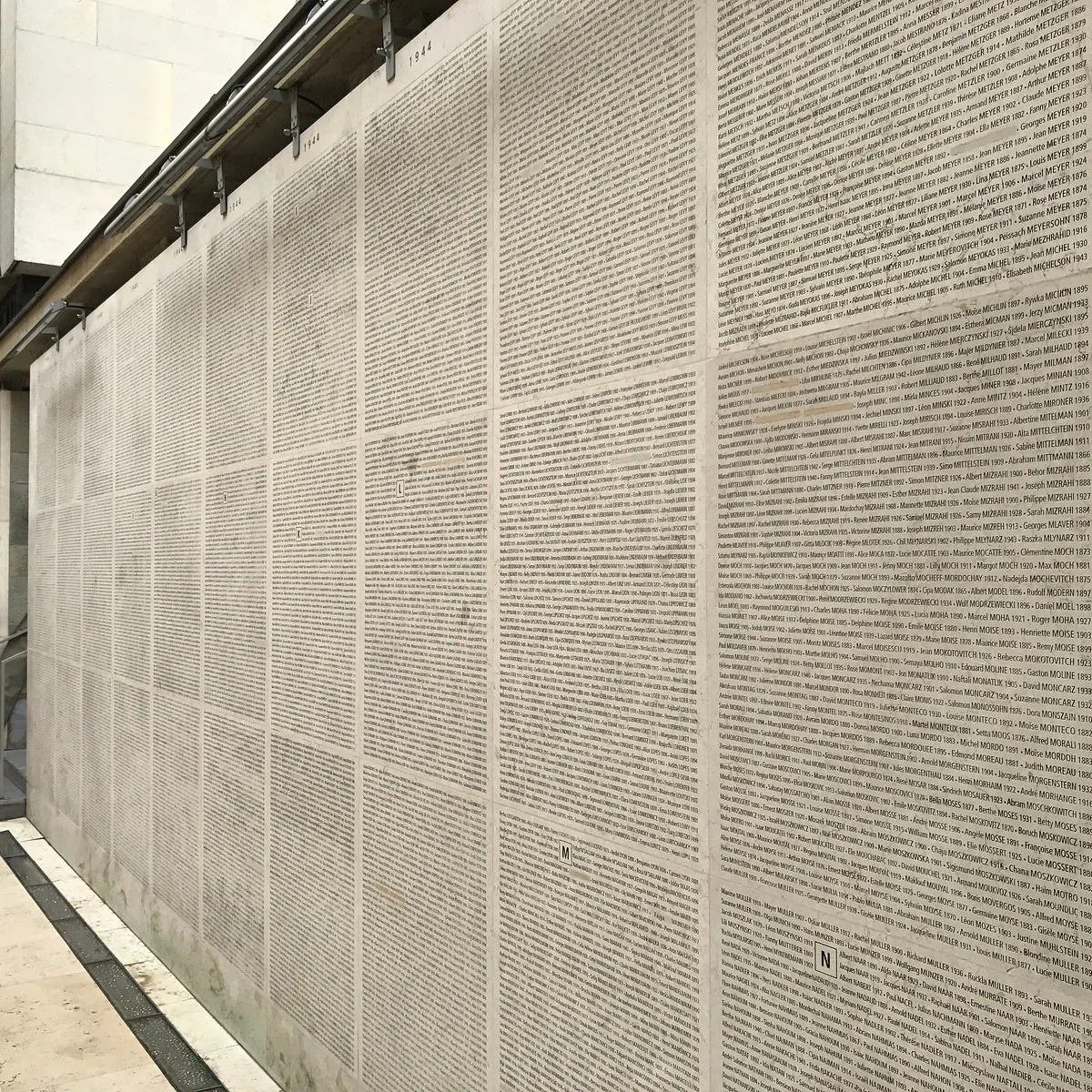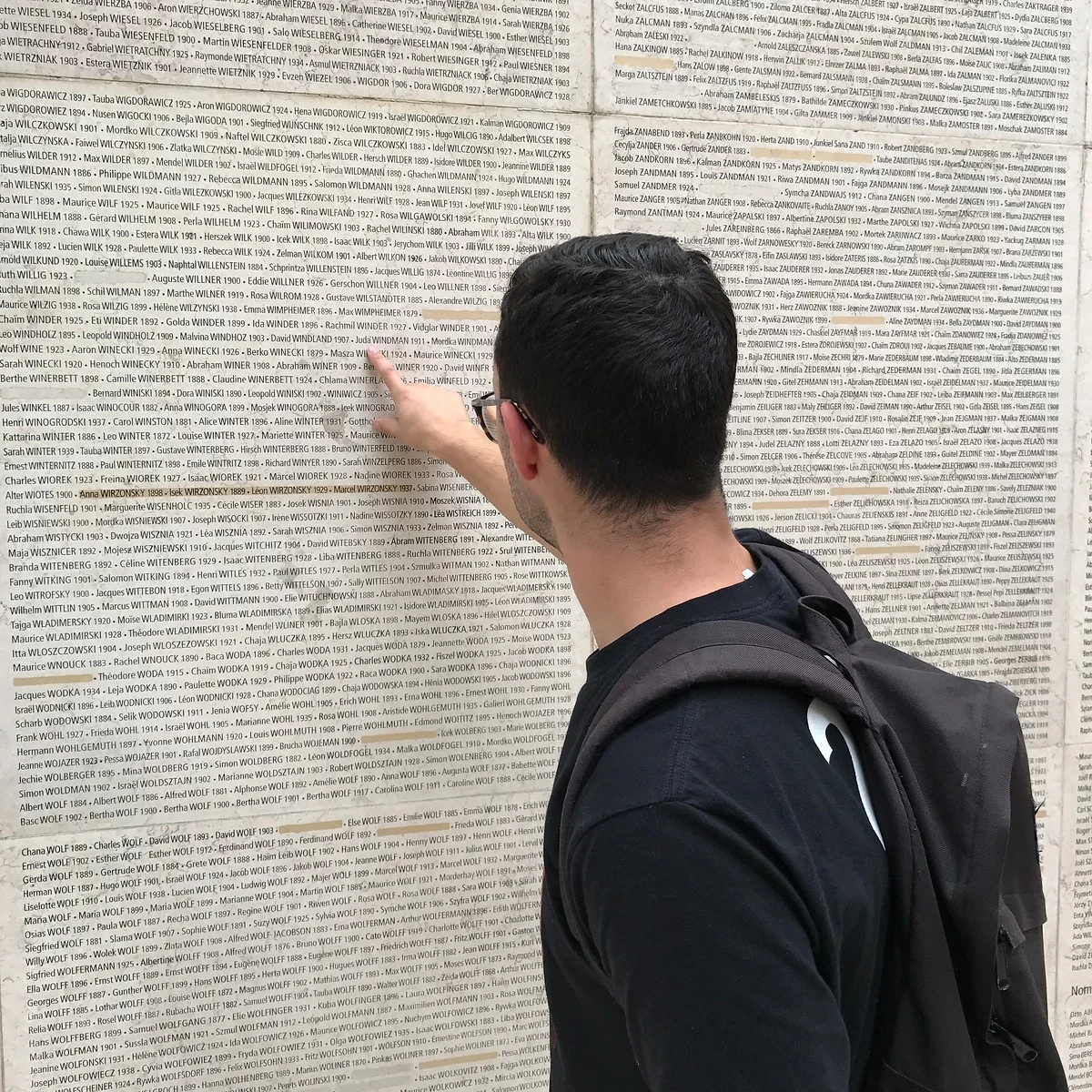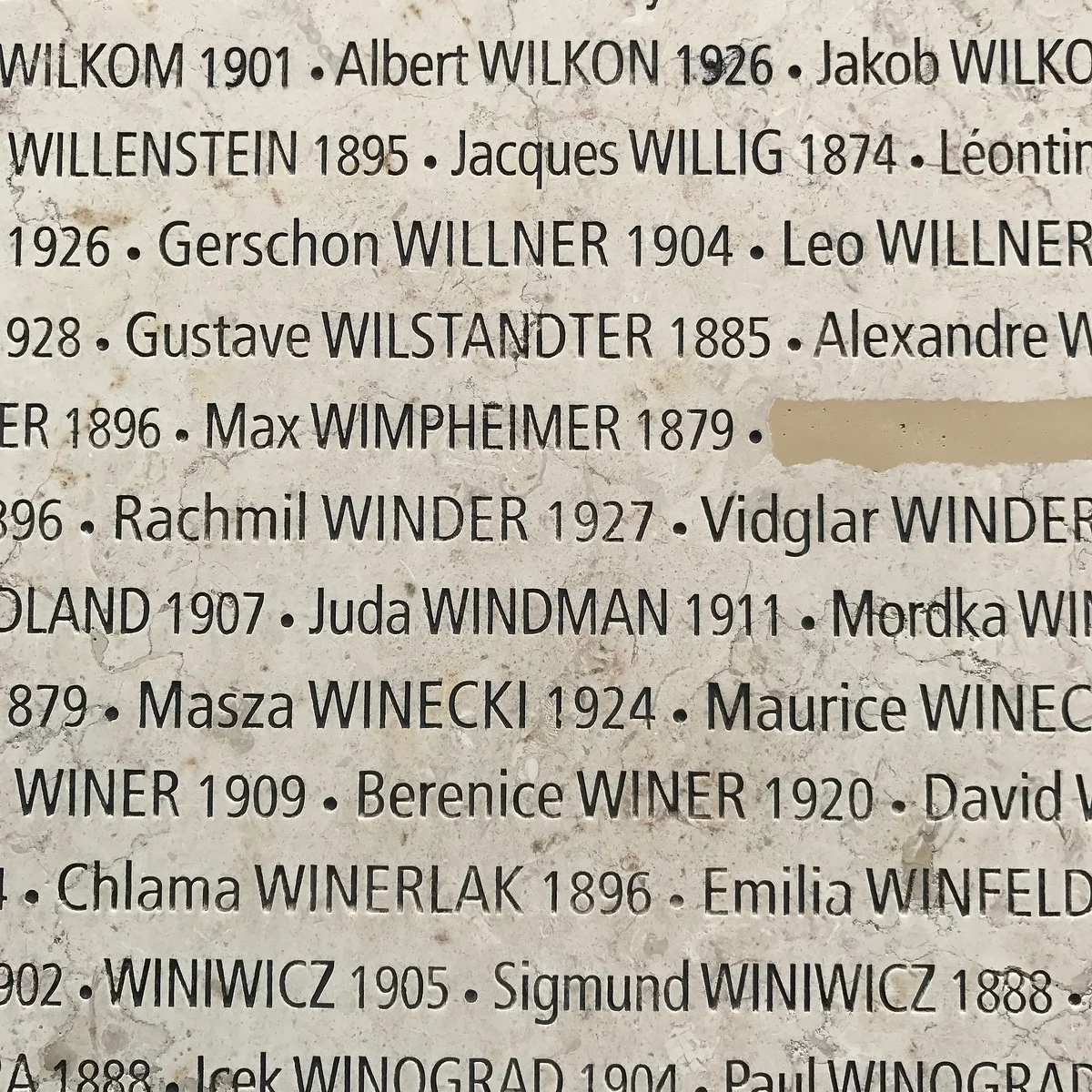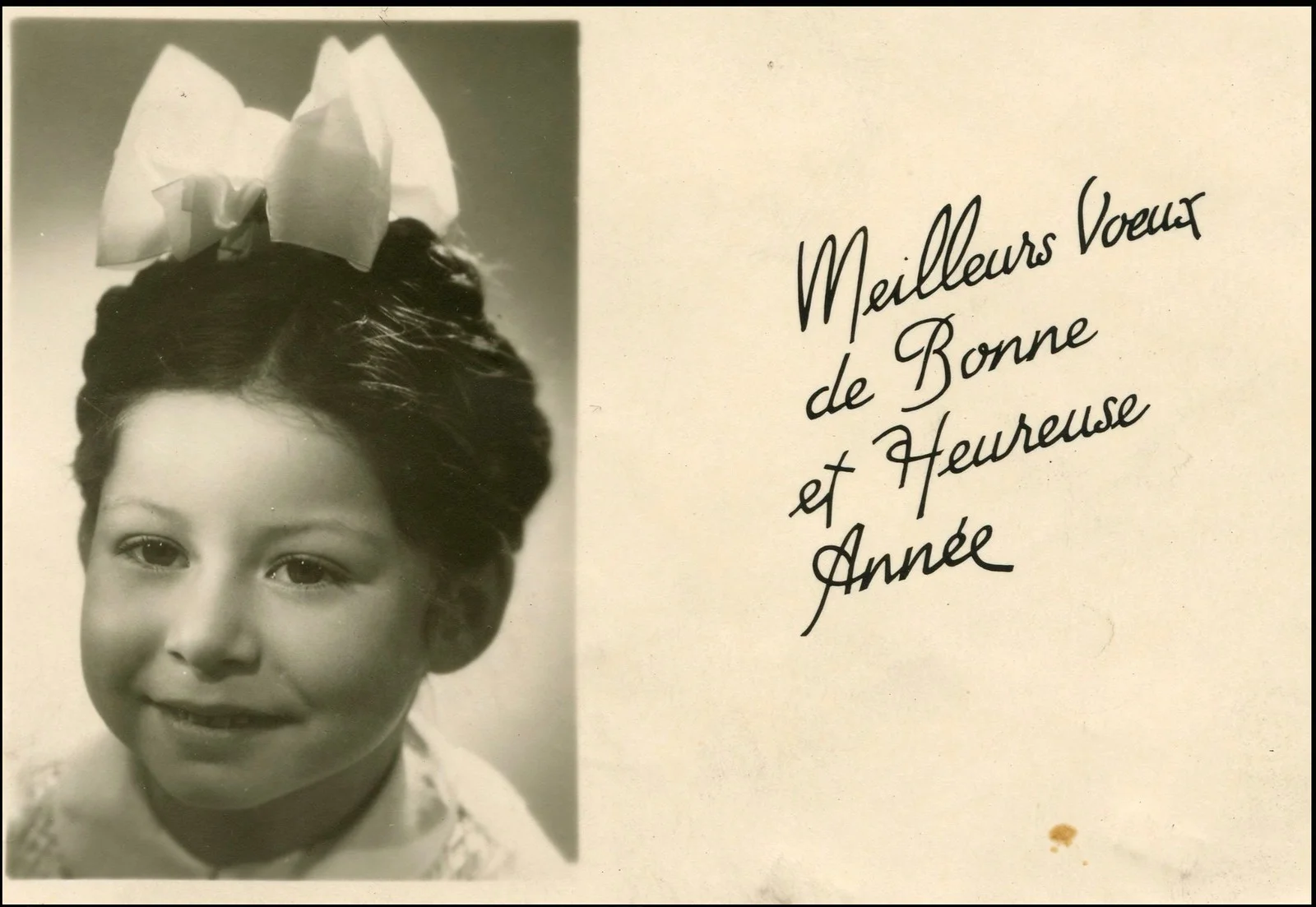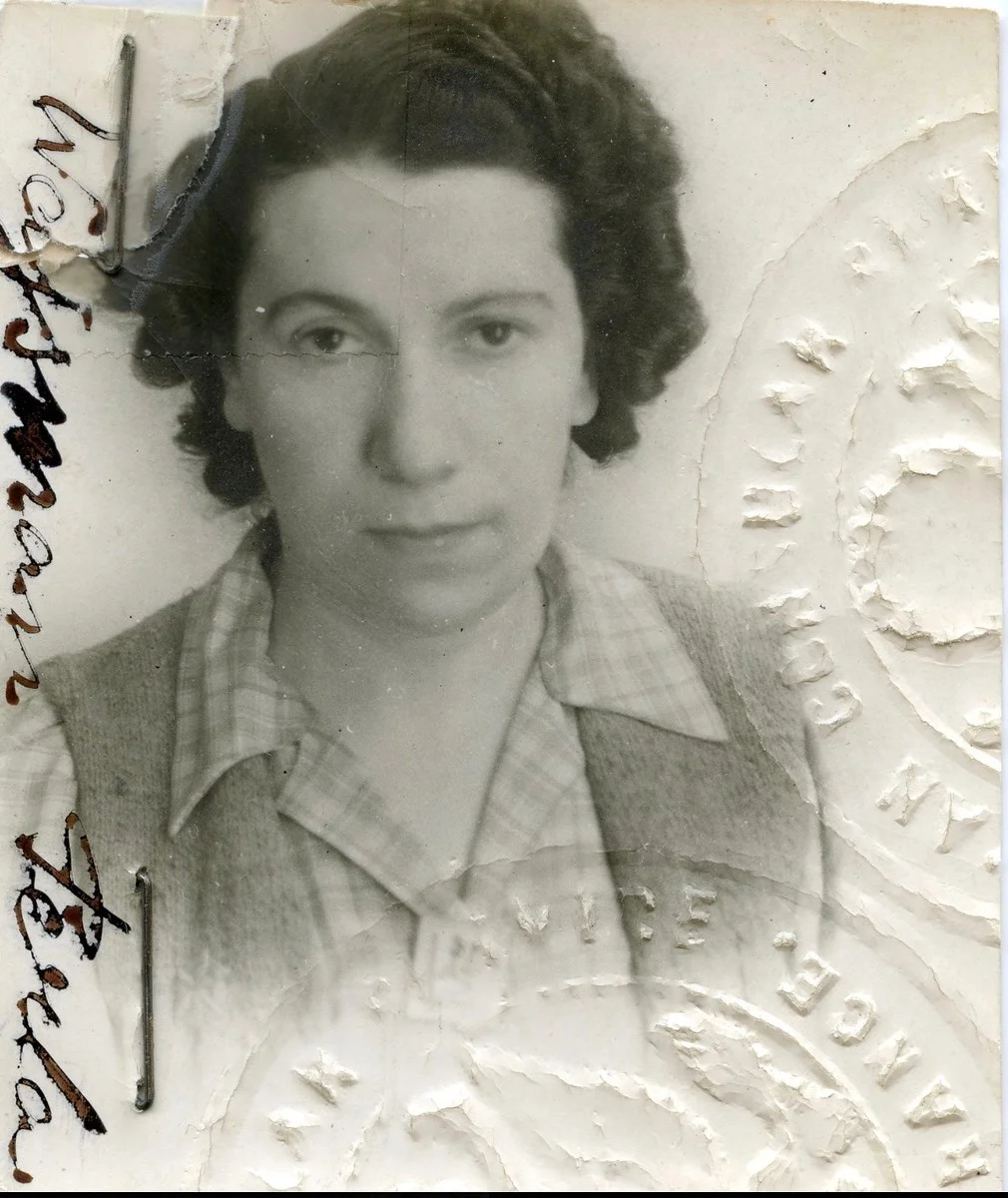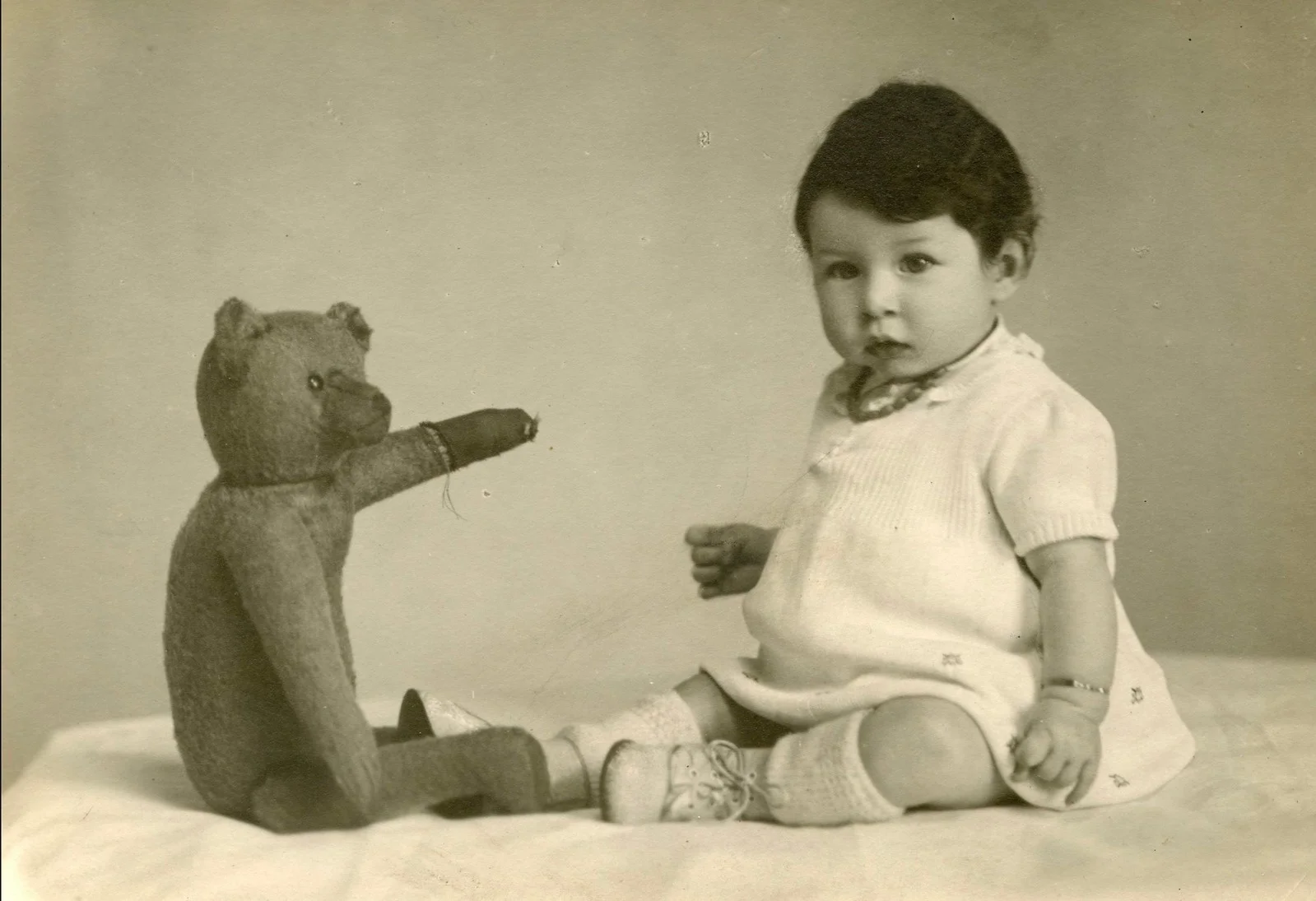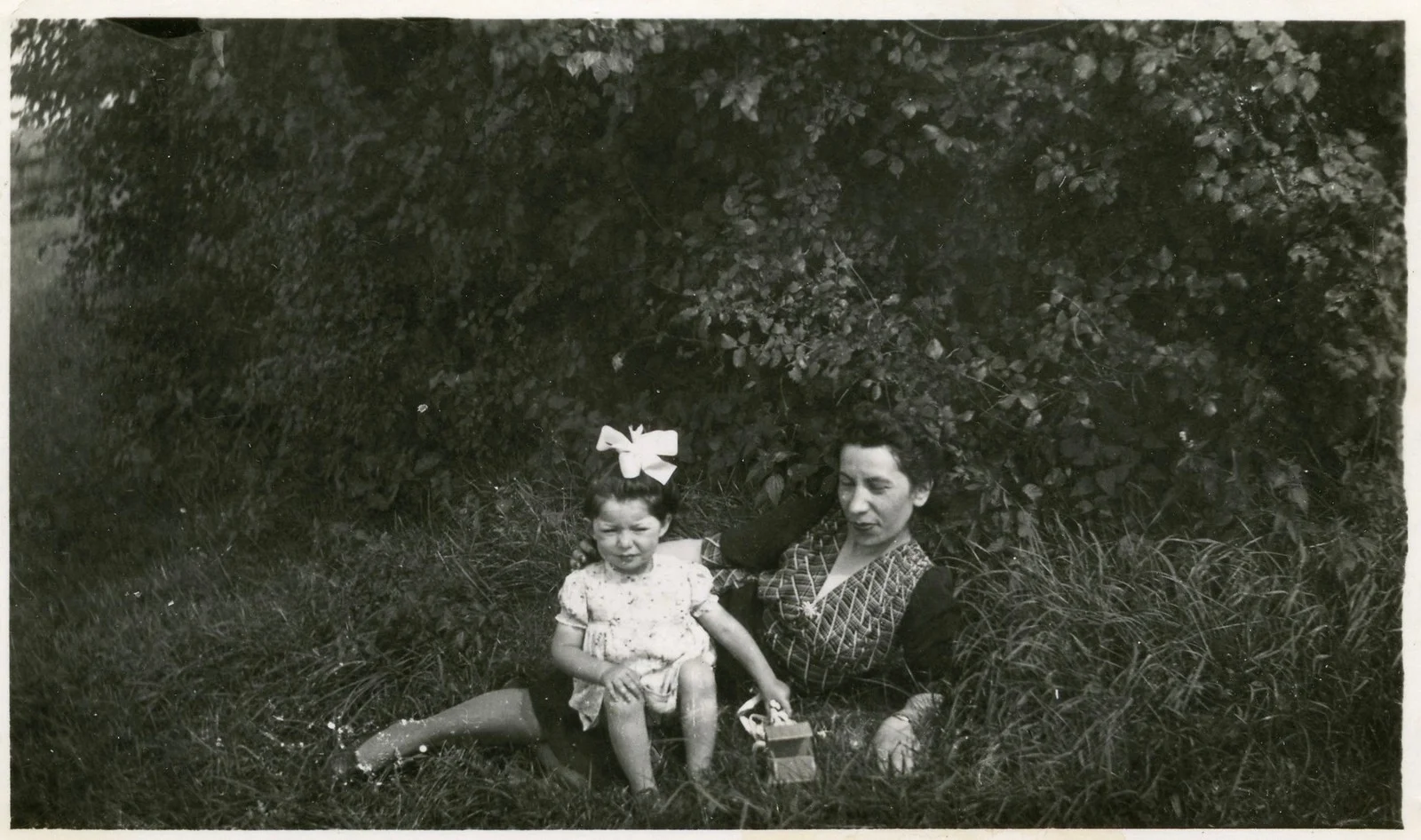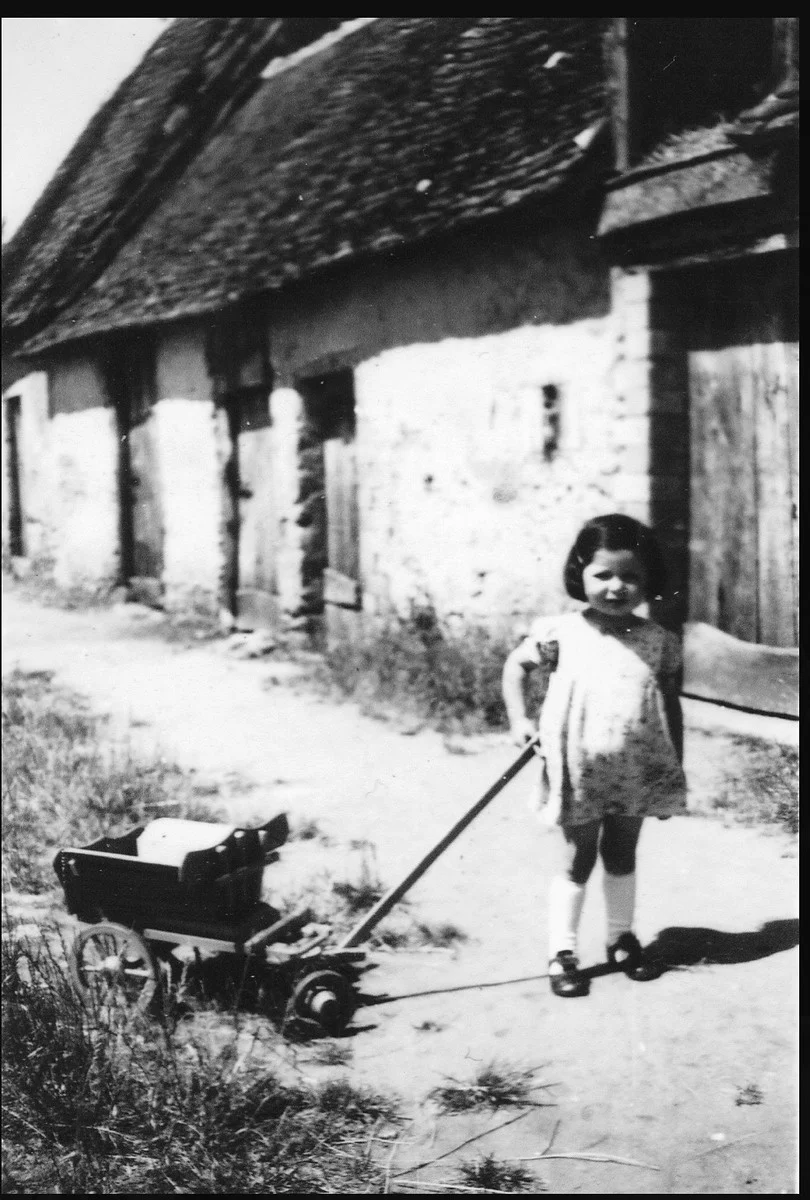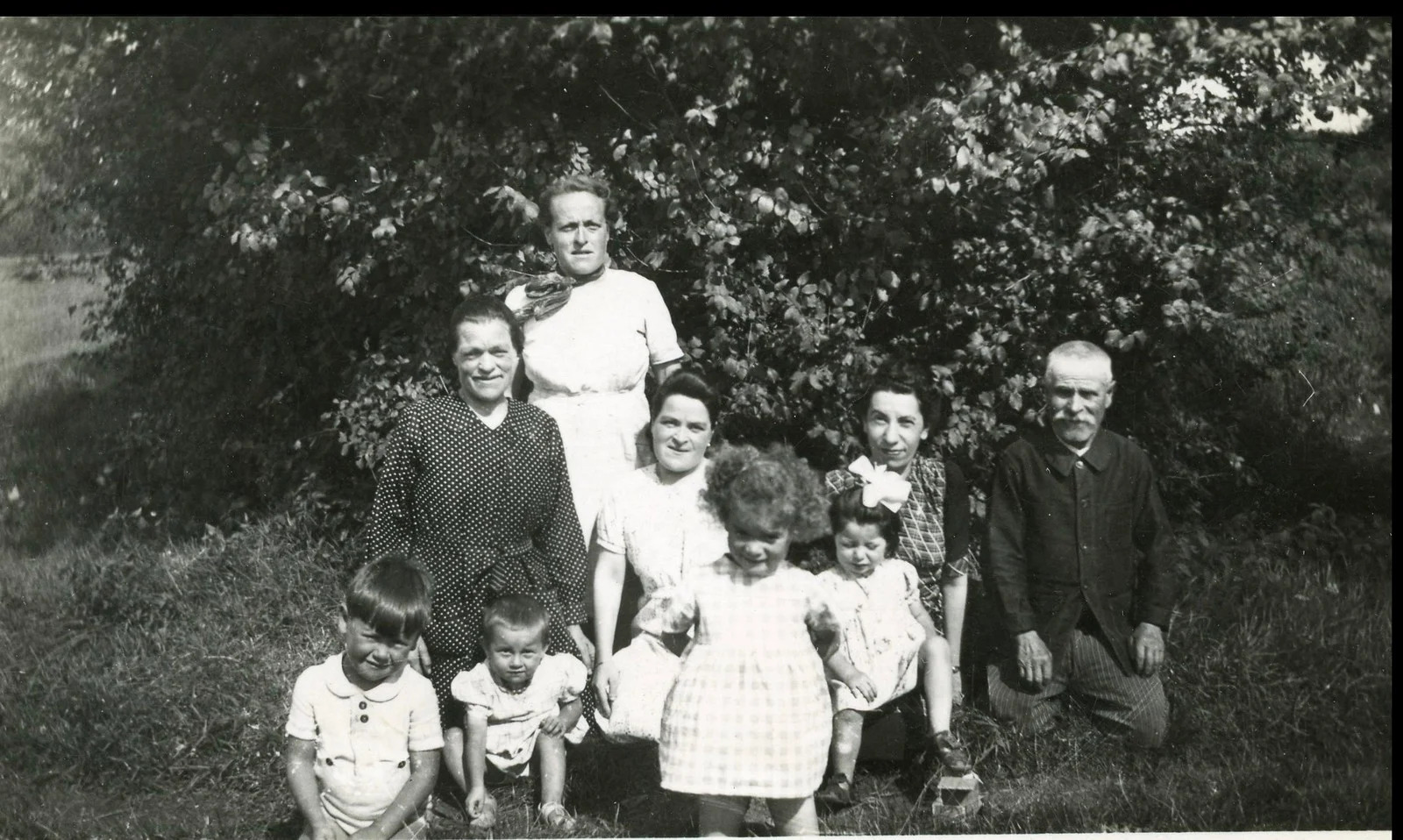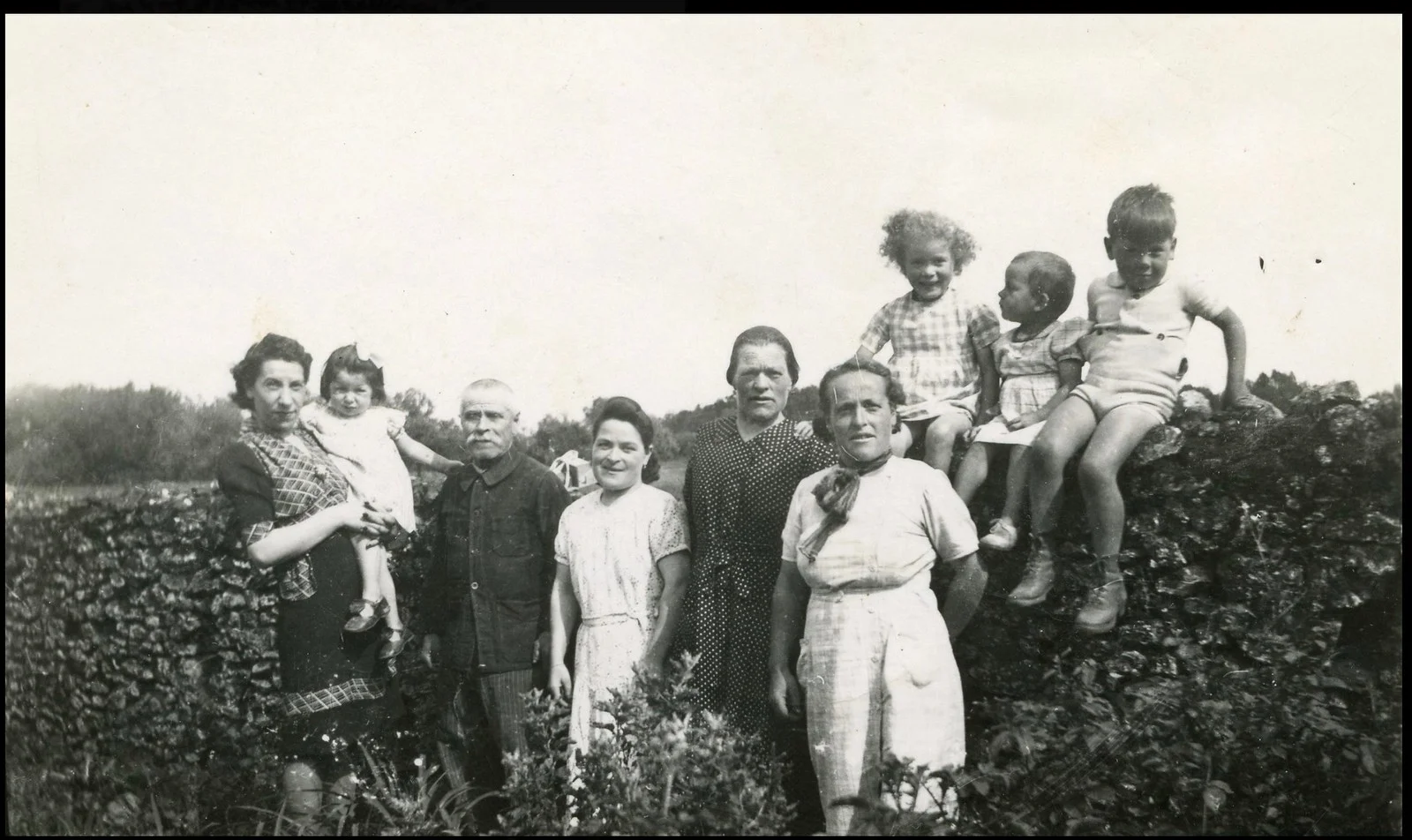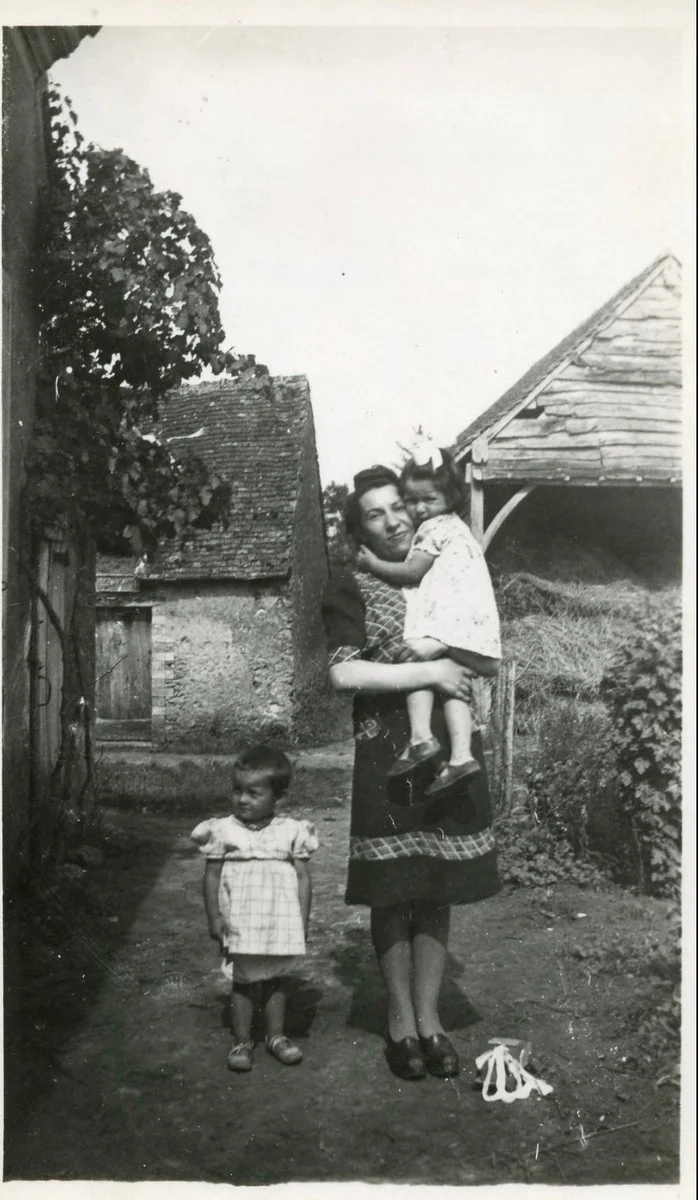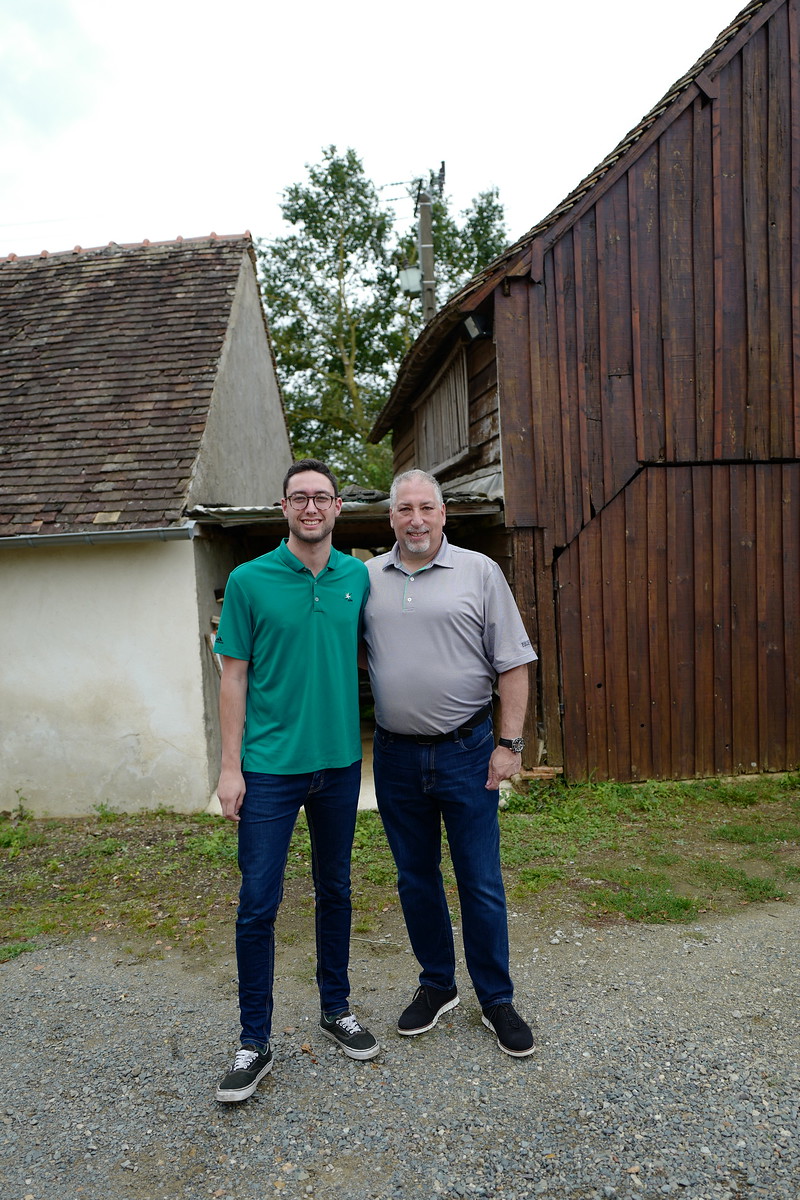After being a prisoner at Auschwitz for only 73 days, Juda Leib Windman was dead. The Auschwitz-Birkenau Memorial and Museum has Juda Leib’s fate listed as “murdered”. Of the 999 men sent to Auschwitz on Convoy #4 from Pithiviers only 59 were surviving in 1945.
Juda Leib’s father, Luzer Israel Windman, was sent to Auschwitz on 10/25/1941 and was immediately placed in the infamous Block 11, known as the “prison within the prison”. Block 11 was used for torture and executions. Between Block 11 and Block 10 was the “Death Wall” where thousands of prisoners were lined up and shot. Though the death certificate that was issued from Auschwitz had Luzer’s cause of death listed as a brain hemorrhage it was most certainly a bullet to the head. The Nazis kept meticulous records for the people that were registered as prisoners in the camp but some details such as causes of death were manufactured.
When the Nazis realized that their defeat was inevitable and the allies would be coming to liberate the camps the Nazis tried to destroy any records of the atrocities that they were responsible for. They blew up some of the gas chambers and crematoriums. They tried to burn the paper records that would become known as the “death books”. They did not succeed in erasing the crimes that they committed. The records of my grandfather and great-grandfather were saved hence the fact that we were able to get copies of the original documents.
More than 1.1 Million men, women and children were murdered at Auschwitz for no other reason than they were not the right religion, nationality, sexual orientation, intelligence (either high or low) and many others. There are many people today that still deny that the Holocaust ever happened even with all of the evidence that is out there including the testimony of those who survived and the perpetrators of these crimes against humanity.




























































